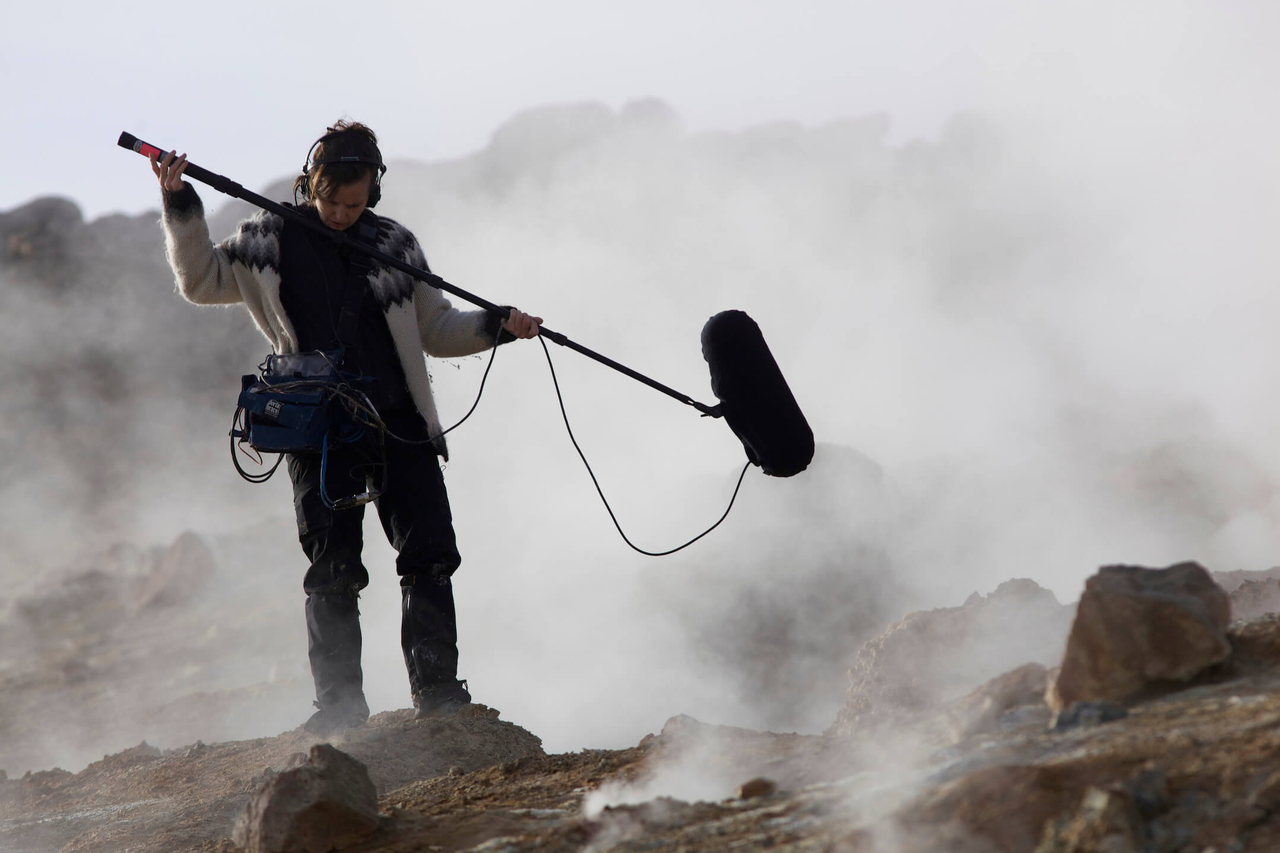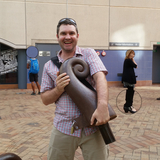Written by:
Share article:
Jana Winderen’s sonic artworks are deeply representative of the contemporary moment. Her practice focuses on recording and sharing difficult-to-access audio environments. These are often water-based, like the cracking ice of melting glaciers, the sounds of courting fish, and the growth of algae in response to the fluctuating dynamics of arctic seas. Her work reveals distinctively non-human sounds that are pointedly related to human interactions with the environment, like an aural microscope probing the interface between where humanity begins and where it ends.
The idea that our individual and collective actions disturb that boundary floats like an unconscious spectre throughout my experiences with her work. She maintains that her sound-works are not particularly related to climate change. Instead, it is the environment itself, with humans as a part of that ecology, that centers her work.
Winderen grew up in Norway, first in a small flat in the city until she was seven, then further out in the country, with hills, trees, and time. She developed her relationship to the outdoors by spending long stretches alone with the wind, her primary companion a horse. While spending time with her grandfather, she was told about the fish in various bodies of water within close proximity––lakes, seas, and rivers––that she never witnessed; they were already gone. The inspirational vividness of those stories––they literally shaped her career and her life––meld in her work with an imagination driven by empathy, and a scientist’s rigor regarding research and contextualization. She nurtured an instinctive love for creatures and plants – where they thrive, how they grow, and how their ecosystems function as a whole.
Her practice has three primary facets: the designing of sound installations/ exhibitions, the creation of recordings, and the development of performances. Most of her work centers around uncovering hidden sounds in the environment – whether rats scuttling in RATS – Secret Soundscapes of the City or decapods feeding in The Noisiest Guys on the Planet. The sonic end results straddle both the topical and the abstract. You can listen to any of her recordings for a purely musical experience, basking in the abstract glory of audio activity. On the other hand, you can also listen to her recordings as examples of sound demonstrating this or that facet of modern life.
We began communicating after the novel coronavirus pandemic began. I asked her if she was making any recordings during the crisis, and what she was focusing on.



